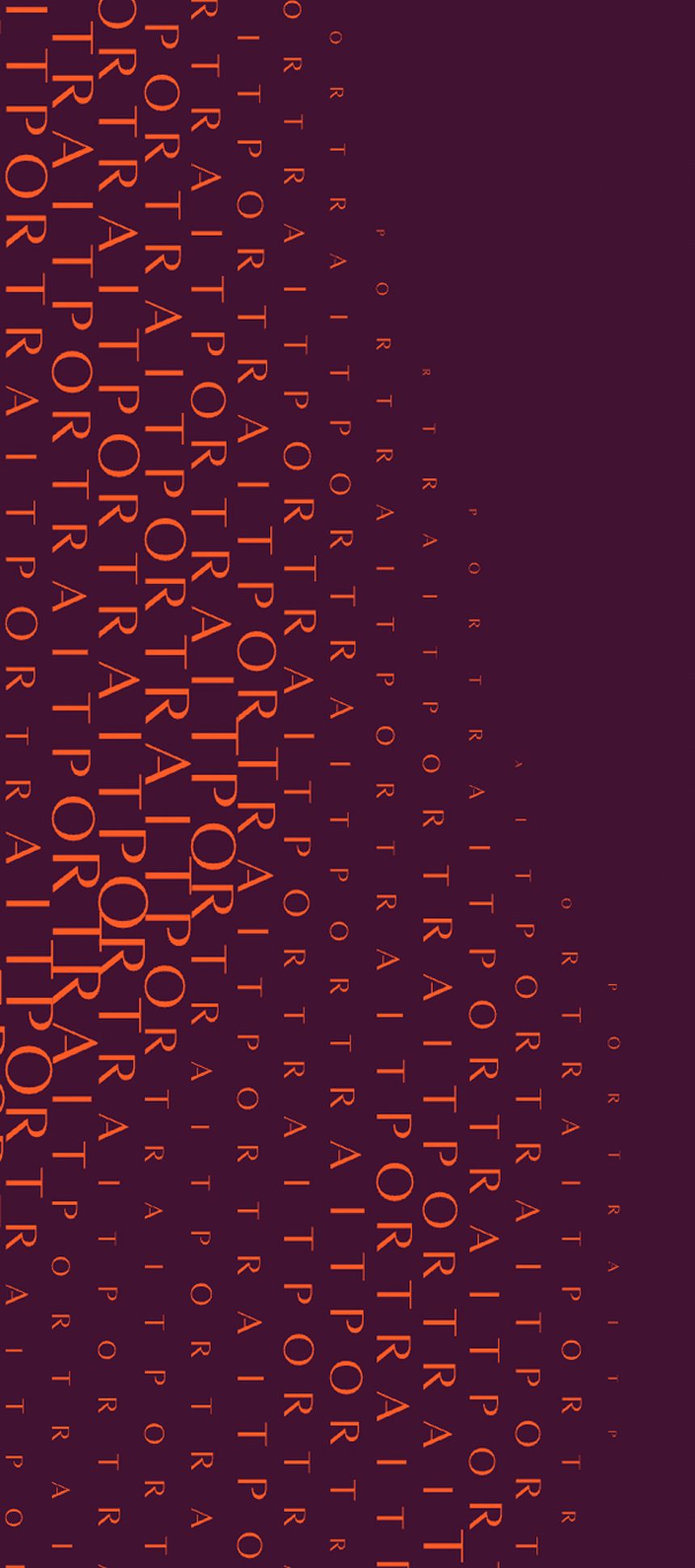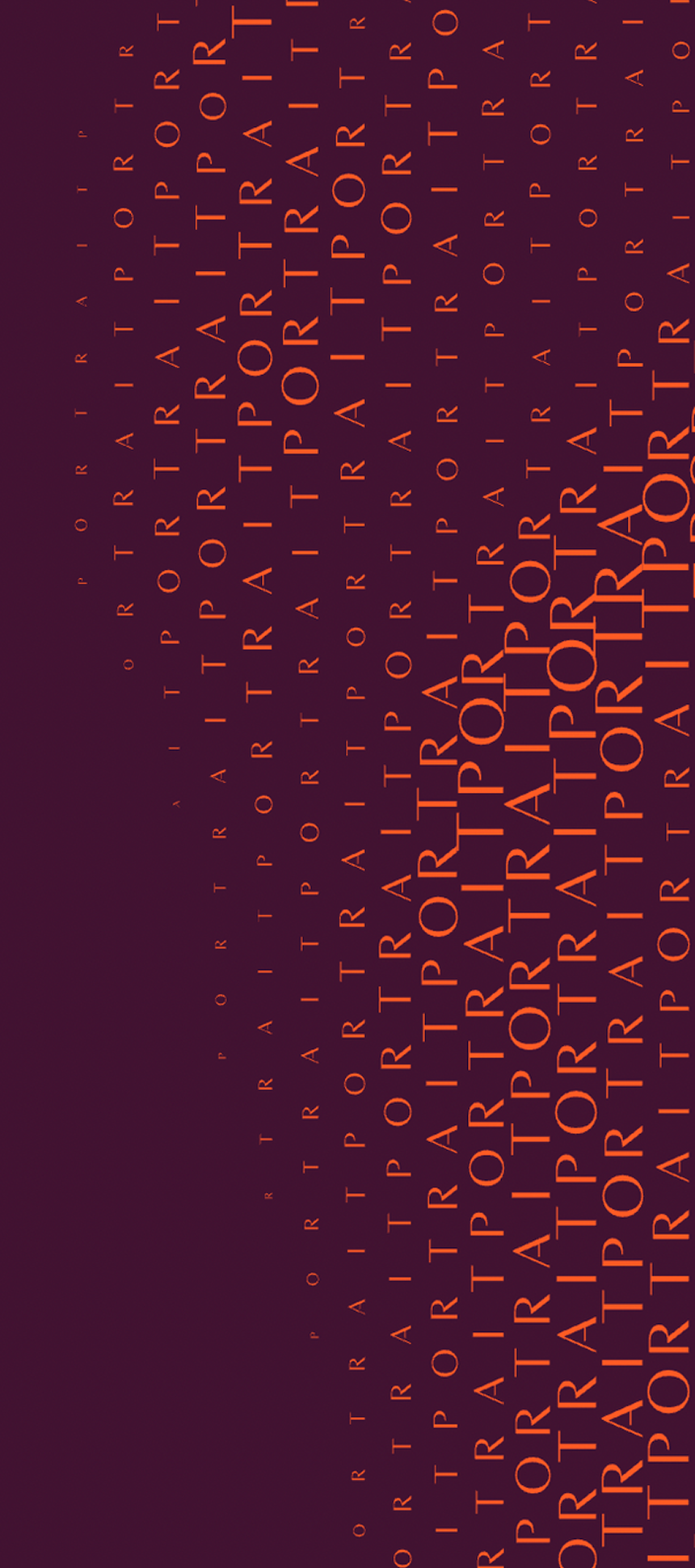Complete Guide to Aesthetic Medical Training in the US
.png)
Empowering Professionals at Every Stage
Portrait offers strategic expertise to help you make informed decisions and achieve long-term success.
Book Intro CallThe U.S. aesthetic medicine market was valued at $23.15 billion in 2024 and is predicted to reach $60.10 billion by 2034—a staggering 160% increase in less than a decade. This explosive expansion is creating remarkable career opportunities for healthcare professionals ready to enter the field.
But here's the catch: not all aesthetic medical training is created equal. Whether you're a registered nurse looking to expand your skill set, a physician wanting to add aesthetic procedures to your practice, or an esthetician ready to level up, understanding your training options is crucial.
In this guide, we'll walk you through everything you need to know about aesthetic medical training in the USA—from foundational certifications to advanced specializations, accreditation standards, and how to choose the right program for your goals.
Aesthetic Medical Training More Important Than Ever
The boom in aesthetic medicine isn't slowing down. Roughly 35 million aesthetic treatments are performed annually in the United States, with 37.42 million surgical and non-surgical procedures performed globally in 2024. What's driving this growth? A combination of factors: social media's influence on beauty standards, the shift toward minimally invasive procedures, and an aging population seeking age-defying treatments.
The demand for skin care specialists is projected to increase by 17% through 2031, according to the U.S. Bureau of Labor Statistics. This growth outpaces many other healthcare fields, making aesthetic medicine one of the fastest-expanding sectors in the industry.
But demand alone isn't enough. Patient safety and clinical outcomes depend on well-trained professionals. That's where proper aesthetic medical training comes in. Quality training ensures you can deliver results safely, manage complications, build patient trust, and ultimately, grow a sustainable practice.
Understanding Your Path: Who Can Practice Aesthetic Medicine?
Before diving into specific training programs, it's essential to understand who can legally practice aesthetic medicine in the United States. The answer varies significantly by state and by the exact procedures you want to perform.
Healthcare Professionals Eligible for Aesthetic Training
Physicians and Surgeons
Doctors with an MD or DO degree can pursue aesthetic medical training to expand their service offerings. Many physicians use aesthetic procedures to complement their existing practice.
Nurse Practitioners (NPs) and Physician Assistants (PAs)
These licensed independent practitioners can typically perform most aesthetic procedures, though the specific scope of practice varies by state. Many NPs and PAs find aesthetic medicine to be a lucrative specialization.
Registered Nurses (RNs)
RNs are among the fastest-growing demographics entering aesthetic medicine. To perform injectables like Botox and dermal fillers, you'll need to be licensed as an RN at a minimum, though some states require additional certifications.
Licensed Estheticians
While estheticians can perform many non-invasive treatments, such as facials, chemical peels, and laser therapies, restrictions on advanced procedures vary significantly by state. Some states allow independent practice; others require physician supervision.
Important Note: Each state has different regulations. For example, in California, the use of lasers in cosmetic procedures falls within the scope of medical practice. It must be performed by a licensed physician, an aesthetic nurse practitioner, or a physician assistant under a doctor's supervision. Always verify your state's specific requirements before enrolling in training.
Core Aesthetic Medical Training Career Paths
1. Basic Esthetician Certification & Licensure
For those starting from scratch in the aesthetic field, esthetician certification is the foundational pathway. This is essential if you want to legally practice advanced aesthetic treatments.
Program structure & duration
Most esthetician programs require at least 750 hours and are 27 weeks in length, though some states have different hour requirements. Associate's degree programs require 1,600 total hours of training and practice, while certificate programs require 600 hours.
Key components:
- Comprehensive skin anatomy and physiology
- Hands-on practice with real clients under supervision
- State board exam preparation (written and practical components)
Career pathways after certification: Many estheticians use this credential as a stepping stone to clinical aesthetics or medical spa management. Others pursue advanced certifications in specialized areas, such as laser therapy or chemical peels.
2. Clinical Aesthetician Certification
Clinical aesthetics represents an advanced level of practice, typically requiring a foundational esthetician license first. This is where the lucrative medical spa opportunities open up.
Program duration & requirements
Clinical aesthetics certification programs typically consist of 70 class hours, with both a final written exam and a final practical exam required. Alternatively, if you hold an esthetics or cosmetology license, you can complete the clinical aesthetics certification in 5 weeks or less.
Advanced services you'll train for:
- Laser therapy and light-based treatments
- Chemical peels and skin resurfacing
- Microdermabrasion and professional-grade dermaplaning
- Pre- and post-operative skincare for cosmetic surgery patients
Practice settings: Most clinical aestheticians work in medical spas, dermatology offices, or plastic surgery clinics—environments where they collaborate with physicians and have access to advanced equipment.
3. Injectable Certification (Botox & Dermal Fillers)
This is where many healthcare professionals—particularly nurses and physician assistants—see the fastest return on investment. Injectable training is highly specialized and in extremely high demand.
Program structure & duration
The American Association of Aesthetic Medicine and Surgery (AAAMS) offers hybrid learning options, including 17 hours of online prerequisite training before hands-on modules, priced at $2,950 (often discounted to $2,500). Other programs range from single-day workshops to multi-week intensive courses.
Key training components:
- Detailed facial anatomy and muscular analysis
- Injection techniques for neurotoxins (Botox, Dysport, Daxxify) and dermal fillers (Juvederm, Restylane, Radiesse, Sculptra)
- Complication management and adverse effect recognition
Scope considerations: In some states, you must be an RN or higher to perform Botox and dermal fillers, though a few states allow LPNs to administer injectables. Always verify your state's requirements before enrolling.
4. Advanced Specialization Certifications
Once you've completed foundational training, many professionals pursue specialized certifications in specific areas:
Chemical Peel Specialization
Advanced training in different peel types (superficial, medium, deep), appropriate patient selection, and post-treatment protocols.
Laser Hair Removal & Light-Based Therapies
These certifications teach safe operation of laser and IPL equipment, tissue interactions, and contraindications. Programs typically take 2-5 days.
Chemical Peel Specialization
Advanced training in different peel types (superficial, medium, deep), appropriate patient selection, and post-treatment protocols.
Manual Lymphatic Drainage (MLD)
Particularly valuable for post-operative care and aesthetic enhancement. Certification programs range from 100 to 300 hours, depending on depth.
5. Aesthetic Nursing Certification
For nurses looking to specialize, formal aesthetic nursing credentials elevate your professional standing and earning potential.
Program structure & duration
Becoming a licensed aesthetics nurse requires acquiring general nursing practice experience, with many positions demanding at least one or two years of clinical experience as a registered nurse (RN). Many nurses then pursue additional specializations, such as the Plastic Surgical Nursing Certification Board (PSNCB) credential.
Professional organizations
Specializations such as the American Academy of Aesthetic Medicine (AAAM) or the Plastic Surgical Nursing Certification Board (PSNCB) offer recognized credentials for nurses.
Career advancement: Aesthetic nursing roles often include patient consultation, treatment coordination, and performing specific procedures under physician supervision in clinical settings.
Choosing Your Training Provider
With hundreds of aesthetic medical training programs available—from online courses to intensive hands-on bootcamps—how do you choose? Here are the critical factors:
Accreditation Status: Ensure the program is accredited by recognized bodies like ACCET (Accrediting Commission of Career Schools and Colleges) or state cosmetology boards. This affects your ability to practice legally and transfer credits to other programs.
Hands-On Training: Practical experience is a cornerstone of success for medical estheticians, providing the confidence and competence needed to excel in the field. Most medical esthetician programs include hands-on training and clinical practice, where students work alongside licensed estheticians and medical professionals in real-world settings.
Instructor Qualifications: Your instructors should have extensive clinical experience, not just certifications. Look for programs led by practicing physicians, experienced injectors, or seasoned clinical aestheticians.
Job Placement Support: Top-tier programs offer job placement assistance or have relationships with hiring practices. This can significantly accelerate your entry into the field.
Cost & Value: Program costs vary wildly. Factor in not just tuition, but also supplies, materials, certification exams, and any continuing education requirements. Compare per-hour costs and what's included in the program fee.
Online vs. In-Person Learning Due to the hands-on nature of medical esthetician training, there are currently no fully online programs in the U.S., though some hybrid programs offer online coursework that supplements in-person education. Consider whether a hybrid format works for your schedule.
Comparing Top Training Providers & Models
The aesthetic medical training landscape includes several major players:
- Empire Medical Training: Offers 29+ workshops in aesthetics, anti-aging, and pain management across the U.S. Known for affordable group memberships and flexible scheduling.
- American Academy of Aesthetic Medicine (AAAMS): Provides hybrid courses combining online and hands-on training with CME credits. Offers membership perks and networking access for graduates.
- Aesthetic Medical Educators (AME): Specializes in certification programs for nurses and physicians, with a focus on injection techniques and advanced procedures.
- National Laser Institute: Focuses specifically on laser-based aesthetic treatments with hands-on training in medical spa settings and job placement support.
Accreditation & Continuing Education Requirements
Not all aesthetic medical training programs are equally rigorous. State licensing boards regulate esthetician programs, but continuing education standards vary. Some states require 8-16 hours of continuing education annually; others have no mandatory requirement.
CME Credits for Physicians & Advanced Practitioners
Healthcare professionals—MDs, DOs, NPs, and PAs—typically need continuing medical education credits. Quality aesthetic training programs should offer Category 1 PRA (Physician Recognition Award) credits, which maintain licensure and professional credibility.
National Board Certifications
Beyond state licensure, national certifications from organizations like the National Coalition of Estheticians provide access to advanced certifications, continuing education opportunities, and global best practices.
What to Avoid in Aesthetic Medical Training Programs
Before you enroll, watch out for these warning signs:
- Too-Good-To-Be-True Promises: Programs claiming you can become a "certified injector" in one day without prerequisites often cut corners on safety and technique.
- Unlicensed or Unaccredited Instructors: Verify that instructors have proper credentials and active licenses in their field.
- No Hands-On Component: If a program is 100% online with no hands-on practice, it's likely not meeting safe-practice standards.
- Vague Curriculum: Reputable programs provide detailed syllabus information upfront. Hesitation to share curriculum details is a red flag.
- No Continuing Education Pathway: Quality programs position you for ongoing learning, not as a final destination.
Building Your Aesthetic Medicine Career: What Comes After Training
Completing aesthetic medical training is just the beginning. Here's what successful practitioners do next:
- Gain Clinical Experience
Most experts recommend 100-200+ patient cases before considering yourself truly proficient in aesthetic procedures. Work under supervision when possible, especially early in your practice.
- Stay Current
The aesthetic medicine field evolves rapidly. New products, devices, and techniques emerge constantly. Commit to 20-40 hours of continuing education annually, and consider attending industry conferences.
- Build Your Professional Network
Join professional organizations relevant to your practice. Attend industry events. Follow thought leaders on social media. Your network directly impacts referrals and career opportunities.
- Develop a Specialization
Consider whether you want to specialize in injectables, laser treatments, skincare, or a combination. Specialization often commands higher fees and attracts specific patient demographics.
- Document Your Results
Maintain before/after photos, patient testimonials, and case studies. This portfolio becomes invaluable for marketing your practice and building credibility with potential patients and referral sources.
Building Your Aesthetic Journey Together
The path to becoming a skilled aesthetic medicine professional requires the right training, proper credentialing, and ongoing commitment to excellence. Whether you're starting from scratch as an esthetician or you're a seasoned nurse practitioner looking to add aesthetic procedures to your practice, the investment in quality training pays dividends—both professionally and financially.
Once you’ve gained your training, Portrait Care gives you the tools to operate efficiently and profitably. Book your personalized demo now and discover how thousands of aesthetic professionals are transforming their practices.
Your investment in professional training deserves an investment in professional tools. Let's build your aesthetic medicine career together.
FAQs
How long does it take to become a medical aesthetician?
The timeline depends on your starting point. If you're starting from scratch, basic esthetician licensure takes 600-1,600 hours (typically 6-18 months depending on full-time vs. part-time).
Can you do aesthetic medicine training online for free?
Entirely free aesthetic medical training programs don't exist, primarily because the field requires hands-on practice with real clients or models for legal and safety reasons.
What's the difference between a medical aesthetician and an esthetician?
A medical aesthetician typically has additional clinical training beyond basic esthetician licensure, specializing in advanced procedures like chemical peels, microdermabrasion, and laser treatments performed in medical settings (dermatology offices, surgical centers, medical spas).
One Platform.
Everything You Need.
Everything You Need.
Portrait combines the technology, support, and savings to run and scale your modern medical wellness business.
Book Intro Call
Stay Connected with Portrait Care
Subscribe to our email list and receive the latest insights, updates, and exclusive content delivered straight to your inbox.



.png)
.png)